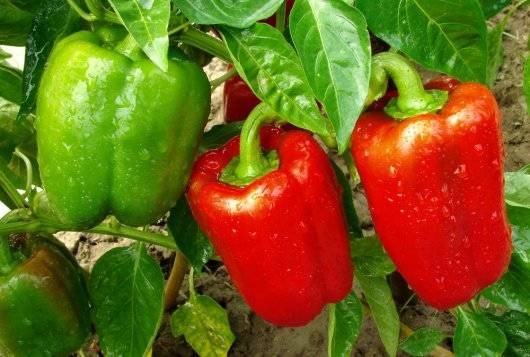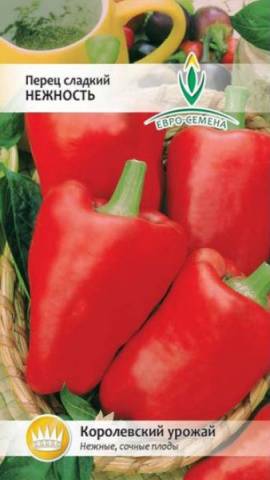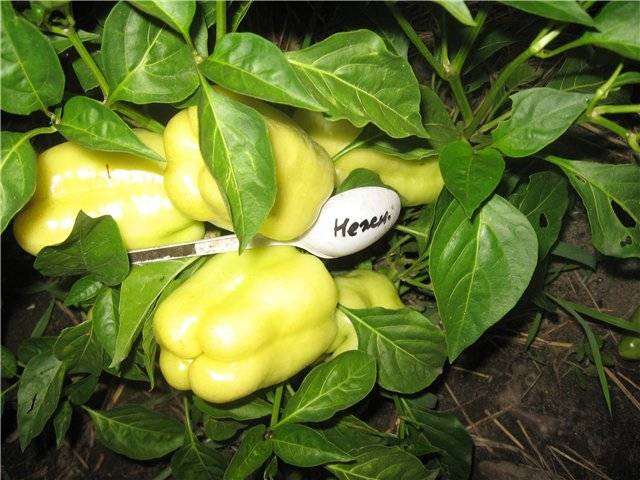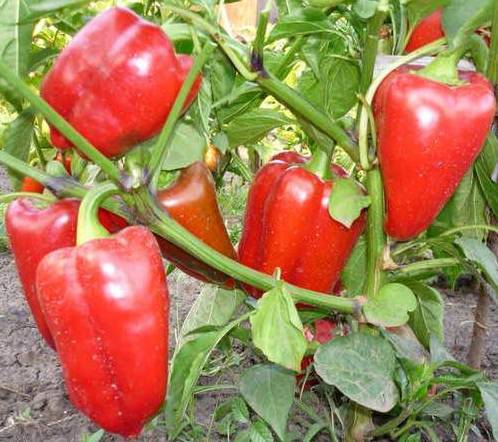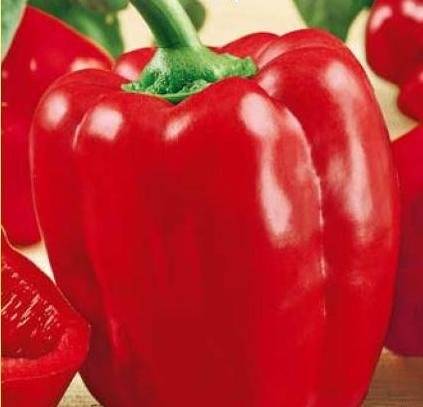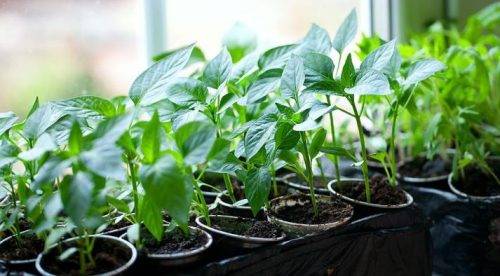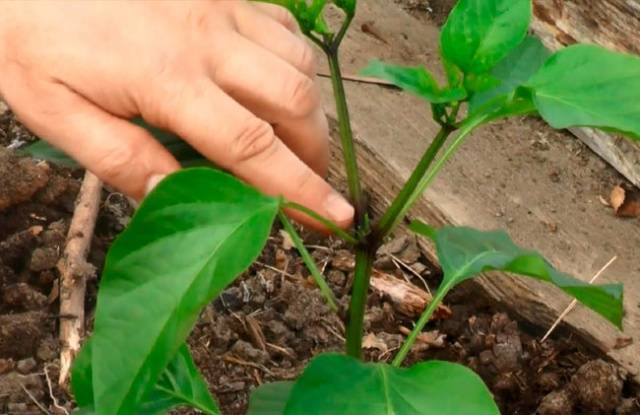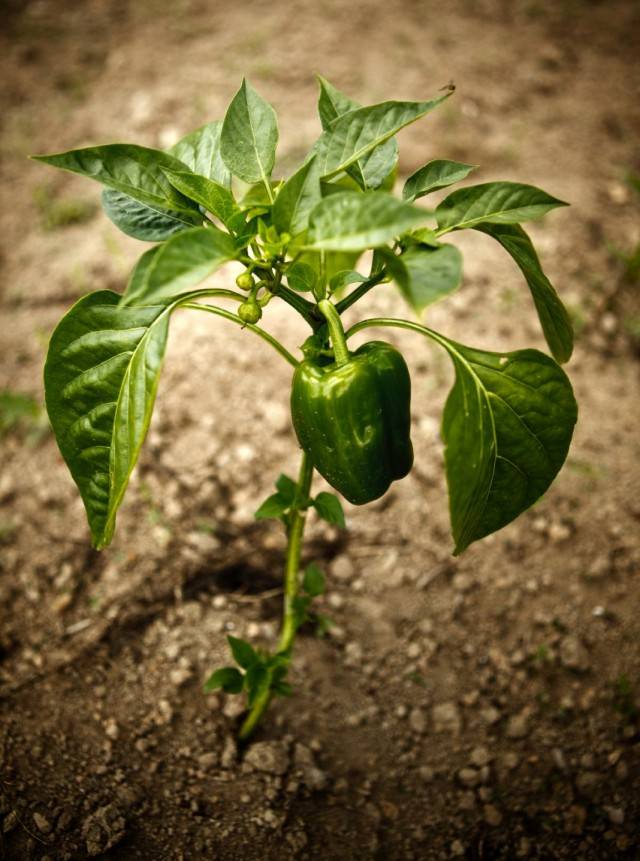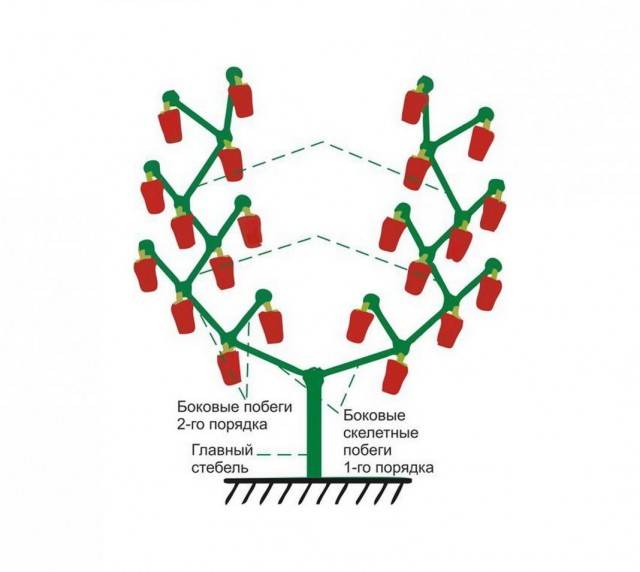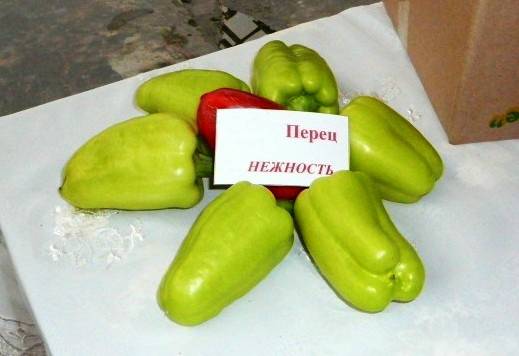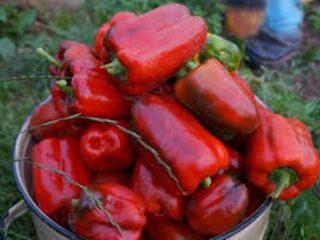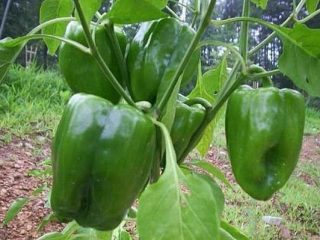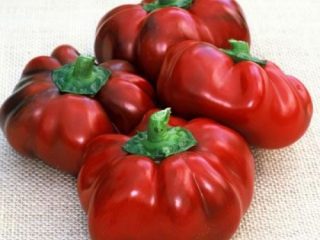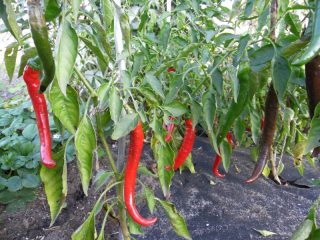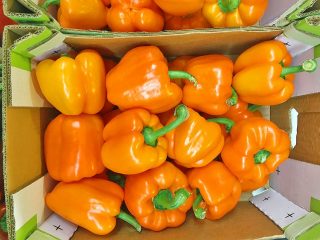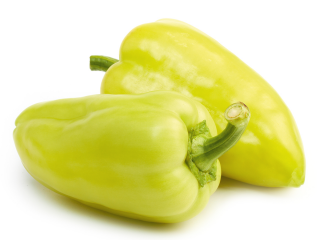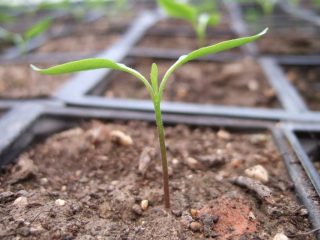Content
While snow blizzards are still raging outside the window and fierce frosts are trying to freeze the soul, the soul is already singing in anticipation of spring, and for gardeners and vegetable gardeners the hottest time is slowly approaching - to select and sow the seeds of the most important vegetable crops for seedlings, without which the plot will be lonely and lonely - tomatoes and peppers. If we are talking about February, then the time has not yet come for sowing the seeds of most tomatoes, but it is already time to sow many peppers. But first you need to choose the variety that is most suitable for your site and for your growing conditions.
But this is a very difficult task, since in any seed store the colorful pictures on the bags make your head spin and it’s incredibly difficult to make a choice. Just 30-40 years ago, in the 70-80s, the choice of sweet pepper seeds for planting came down to only three or four items: Gift from Moldova, Martin, California miracle and Tenderness. And after all, these old varieties, having survived all the most difficult times, are still popular among gardeners and are successfully grown throughout our gigantic country. This is probably not without reason, and there must be something valuable and reliable in them.Therefore, in this article we will talk about a rather old, but nevertheless not forgotten variety of sweet or bell pepper - Tenderness, the description and characteristics of which will be presented to your attention. As a result, you will be able to conclude whether this type of pepper is suitable for your conditions or not.
Description of the variety
Back in 1982, breeding scientists from the Institute of Plant Genetic Resources named after. Vavilov, located in St. Petersburg, developed a new variety of sweet pepper and called it Tenderness. Perhaps because in those years the song of the same name by A. Pakhmutova was at the peak of popularity, and perhaps because of the delicate properties of the skin and pulp of pepper fruits. One way or another, in 1986, the Tenderness pepper variety was officially included in the State Register of Russia and began to spread throughout the country. Currently, pepper seeds of this variety are mainly supplied by the production and trading company Euro-Seeds, which is also one of the originators.
At that time, growing sweet peppers in open ground was common only in the southern regions of the country. There were no polycarbonate greenhouses yet, and glass ones were too expensive. In the conditions of the middle zone, and even more so in the north or in Siberia, some individual enthusiasts tried to grow sweet bell peppers in film tunnels or homemade greenhouses, which, judging by the reviews, they were quite successful. Indeed, Tenderness pepper was recommended for growing indoors even in the Murmansk and Arkhangelsk regions, as well as in Sakhalin, Kamchatka and the Primorsky Territory. And in those days words were not wasted. It turns out that this variety can tolerate some shading and grows well under conditions of long daylight hours.Also, the Tenderness pepper variety is quite adapted to short-term drops in temperature, as well as to fairly strong temperature changes.
All these properties still allow it to be widely used in the so-called risky farming areas.
It is interesting that the southern regions of modern Russia were not indicated in the growing recommendations, since at that time they had their own interesting varieties: Gift of Moldova, California Miracle. And the Tenderness pepper was bred specifically to satisfy the needs of northern gardeners to grow bell peppers on their plots.
Shrubs of the Tenderness variety, although they are standard and limited in growth, can reach a height of 120-140 cm. These powerful plants with a thick central stem have strong, outstretched, well-branched stems with medium-sized leaves.
Due to their growth characteristics, they require special pruning and shaping, which will be discussed in more detail later.
The Tenderness variety is usually classified as a mid-early pepper, that is, on average, the period from germination to technical maturity of the fruit is 105-115 days, but in particularly favorable conditions, ripening can begin 90-95 days from the moment of full germination.
The yield of the Tenderness variety greatly depends on how conscientiously you can approach the bush formation procedure. If you do not find the time or energy to carry out this care procedure, then you can only get about 1-1.5 kg of peppers from one bush.With proper formation, the yield can be increased several times and the pepper will ripen much faster than without pruning.
Resistance to diseases and pests in peppers is average, but again, proper pruning will help improve the ventilation of the bushes and prevent the penetration and spread of infection and evil pests.
But, as already discussed above, the Tenderness variety has increased endurance and resistance to weather conditions unfavorable for the development of peppers.
Fruit characteristics
The fruits of the pepper variety Tenderness have the following characteristics:
- Peppers have a standard shape - conical, but often take the form of a truncated cone. Although the standard for sweet peppers is that they should droop downwards, peppers of this variety often grow and hold their tops up for quite a long time before bending under their weight. This growth pattern is a bit like how hot peppers typically grow.
- The fruits are medium in size, reaching 15 cm in length, and the weight of one pepper ranges from 100 to 150 grams.
- At the stage of technical maturity, the color of peppers is light green; as they ripen, they first turn orange and then bright red.
- The skin is tender and thin, and the flesh is also quite juicy.
- The average wall thickness is 6-7 mm. For an old variety, these numbers are quite significant.
- The taste characteristics of the fruit are excellent. The peppers are sweet, with a subtle mustard aftertaste, and aromatic.
- In terms of application, the fruits of this variety can be called universal. According to reviews from housewives, they are most often used for stuffing.
Features of cultivation
Tenderness pepper seeds can be sown for seedlings at home from the second half of February to mid-March.Typically, pepper seeds take quite a long time to germinate – 2-3 weeks.
Pepper shoots appear most quickly at a temperature of +25°+27°C. But after sprouting, it is advisable to place the sprouts in a well-lit and cooler place with normal room temperature, so that the seedlings do not stretch out and develop harmoniously. Picking or transplanting into separate cups is carried out when the plants form two true leaves.
A couple of weeks after transplanting, pepper seedlings can be fed with a humate solution for the first time (20-25 ml of humate per 10 liters of water). As soon as the young pepper plants reach 15-20 cm and begin to branch, the formation of bushes can begin.
Shaping and trimming
For tall varieties of pepper, which include Tenderness, shaping and pruning are necessary because they allow you to solve several problems at once:
- Removing excess vegetative mass, which takes away nutrients from the fruit, allows peppers to reduce ripening time, increase harvest volume and grow larger fruits.
- Thinning the above-ground mass improves the illumination of the remaining parts of the bush and allows air flows to circulate freely inside the bushes, preventing pests and infections from breeding.
Correct formation is usually carried out in several stages and begins at the stage of growing seedlings.
After the first branch forms on the seedlings, the first bud, as a rule, begins to form in its fork. Sometimes there are several of them.This bud is called a crown bud by botanists, and it is customary to remove it (or them) so that later the branching of peppers and the formation of buds occurs in an optimal way.
When planting Tenderness pepper seedlings in the ground in a permanent place, leave no more than 3-4 plants per square meter.
The first branches that grow from the branch are called skeletal, or shoots of the first order - they will form the main skeleton of the pepper bush in the future. They, in turn, will also begin to branch. Each time in the process of the formation of two new sprouts, only one of them is left to grow - the strongest. The other is carefully removed, leaving the leaf and ovary below.
This method of formation is called double-stemming, and it is the most optimal for growing tall peppers in greenhouses at northern latitudes.
Every week it is also necessary to gradually remove one or two leaves from the bottom of the trunk, so that, in the end, only one bare trunk remains below the first fork of the stems.
During development, additional leaves and shoots will again begin to form on the stems below the branches. They also need to be removed very gradually, especially those that shade the developing fruit.
The formation procedure also includes tying tall bushes to supports or trellises and removing yellow and dry leaves.
To form decent yields, Tenderness pepper will also require regular watering and fertilizing.
Reviews from gardeners
Many gardeners grow Tenderness pepper because their mothers and grandmothers grew it, but for others this particular variety can not only survive, but also bear fruit in difficult northern conditions. Reviews from everyone who has encountered this variety of pepper are mostly positive.
Conclusion
Pepper Tenderness, being a truly old proven variety, is unlikely to let you down even in the most difficult growing conditions. Its external and taste qualities are not much inferior to modern varieties, so it is the most suitable option for growing in greenhouses in the northern regions.
